Japan is one of the most culturally exotic places in the world. With its rich heritage and history, every corner is rife with cultural significance, including its gorgeous terrain. Located along the Pacific Ring of Fire, on the border of two tectonic plates, Japan has over a hundred active volcanoes with several emerging as recently as the 20th century. Home to the illustrious Mount Fuji, Japan is also known as the Land of the Rising Sun and is famous for its picturesque views during all seasons of the year. Those looking to gain a deeper understanding of the country would enjoy trekking the less well-known mountains and the opportunity to meet follow hikers to learn more about the local region and customs. If you’re an adventurous spirit keen to reconnect with nature, then with our list of famous volcanoes in Japan, make sure to explore this destination’s unique topography.
1. Mount Fuji, Fujinomiya
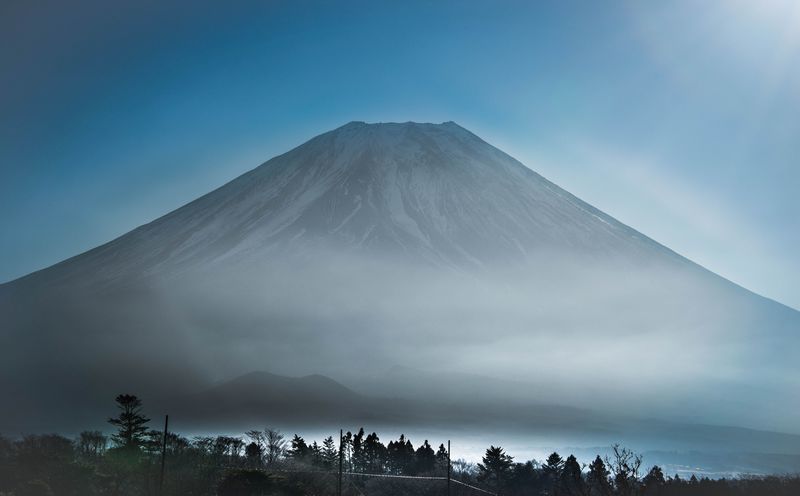
Mount Fuji is the tallest mountain in Japan and one of its national symbols. This gorgeous volcano is symmetrical in shape and a sacred site for the practice of Shinto, the indigenous faith of Japan. The kami (or god) of Mount Fuji is Princess Konohanasakuya, who symbolises cherry blossoms. At the impressive height of 3.7 kilometres (2.3 miles), Mount Fuji is officially open for climbing from early July to mid-September. Outside of this period, however, visitors need not despair, for this breathtaking monument is best viewed during spring and winter, when a sea of fresh cherry blossoms surround it or when the skies are clearest for viewing the snowcapped giant.
Mount Fuji
Address: Fujinomiya, Shizuoka, Japan
Website: Mount Fuji
Opening hours: 24 hours (daily)
Price: Free
2. Mount Yake, Matsumoto
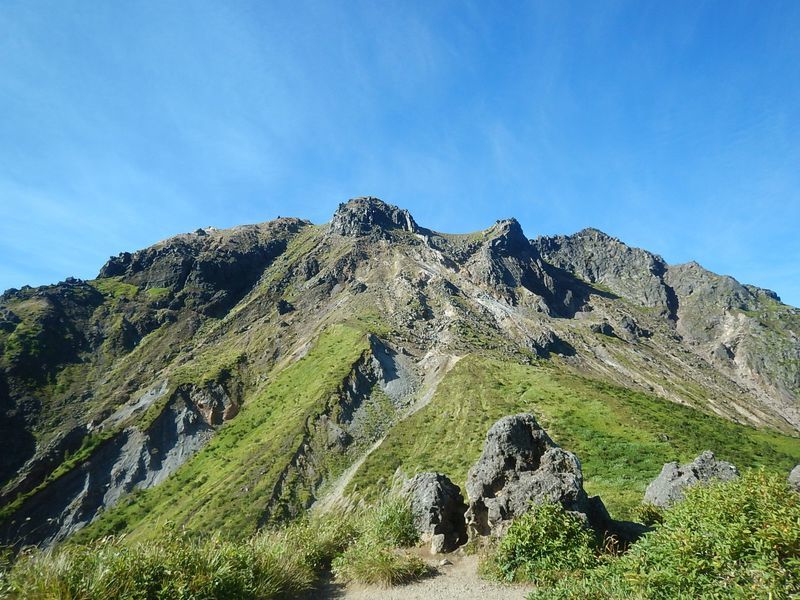
Mount Yake, also known as Burning Mountain, is the only live volcano in the North Alps and is burrowed among the Hida Mountains. One of the 100 Famous Japanese Mountains, Mount Yake reaches a staggering 2.4 kilometres (1.5 miles) at its highest peak. With a smouldering summit marked by a majestic crater lake, this reddish-brown mountain offers a breathtaking two- to three-hour hiking trail that is beautiful and enchanting. Filled with verdant, lush foliage, the mountainous trail is a slow climb towards the top to admire the panoramic view from there. From near and afar, you can be awed by the plumes of volcanic gases billowing from the numerous gas vents, or the rough shape of Mount Yake as it extends along the horizon. Once you’re done hiking, be sure to drop by one of the many onsens (hot springs) surrounding the area!
Mount Yake
Address: Matsumoto, Nagano Prefecture, Japan
Website: Mount Yake
Opening hours: Varies
Price: Free
3. Sakurajima, Kagoshima
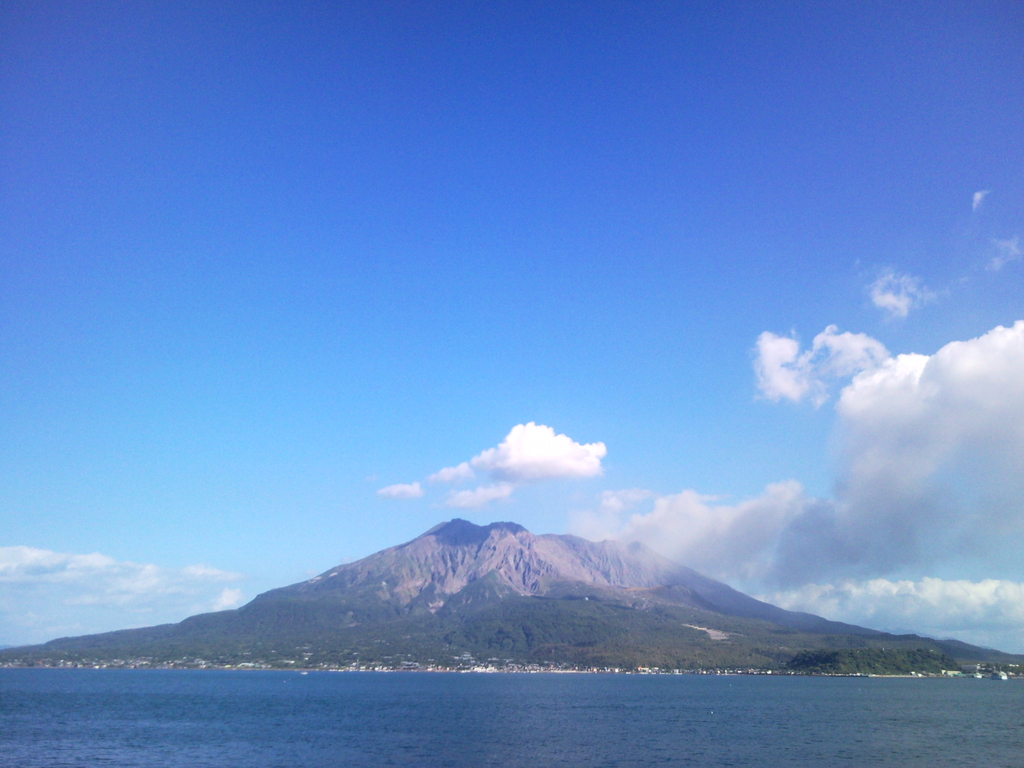
One of Japan’s most active volcanoes, Sakurajima constantly releases billows of volcanic gases and experiences minor eruptions multiple times a day. Situated in the center of Kagoshima Bay, Sakurajima towers at 1.1 kilometres (0.69 miles) and is one of the most prominent features in the surrounding area. It was previously an isolated island within the bay, and then the generous lava flow of the volcano connected it to the Osumi Peninsula due east. Though it is unsafe and prohibited for visitors to approach within 2 kilometres (1.2 miles) of Sakurajima, there are many observation points dotted around that enable tourists and locals alike to admire its volcanic activity.
Sakurajima
Address: Sakurajimaakamizucho, Kagoshima, Japan
Website: Sakurajima
Opening hours: 9am - 5pm (daily)
Price: Free
You might be interested in these Airbnbs!
4. Mount Adatara, Nihonmatsu
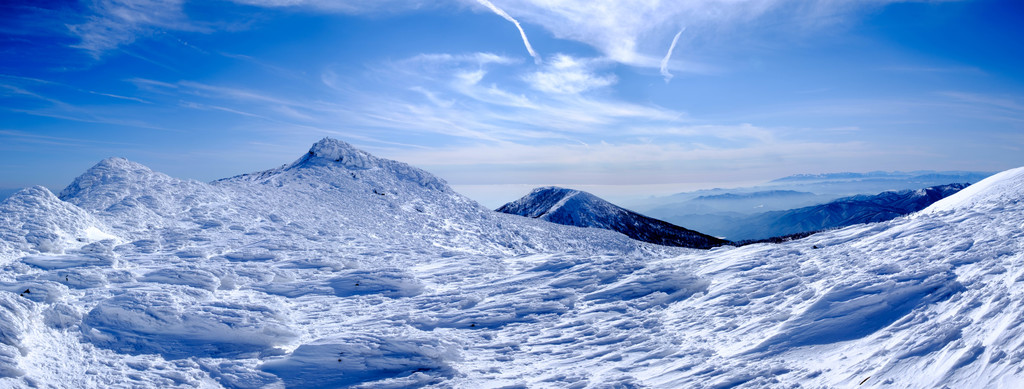
Mount Adatara is said to have been named by the indigenous people of Japan, the Ainu, who derived its name from the Ainu word atata, meaning “a woman’s breast.” This is owed to the fascinating image of a woman’s bosom that the summit of the stratovolcano evokes. Scaling this 1.7-kilometre-tall (1-mile) landmark can be done using several different routes, the most popular of which involves taking a gondola from the nearby ski resort for most of the journey. With generally gentler slopes and few exposed areas, the hike up the mountain takes around three hours at most and offers extraordinary views of the Japanese countryside. Dake Onsen, an onsen village, is also a short 6 kilometres (3.7 miles) away.
Mount Adatara
Address: Nihonmatsu, Fukushima, Japan
Website: Mount Adatara
Opening hours: 24 hours (daily)
Price: Free
5. Unzen Volcano, Nagasaki
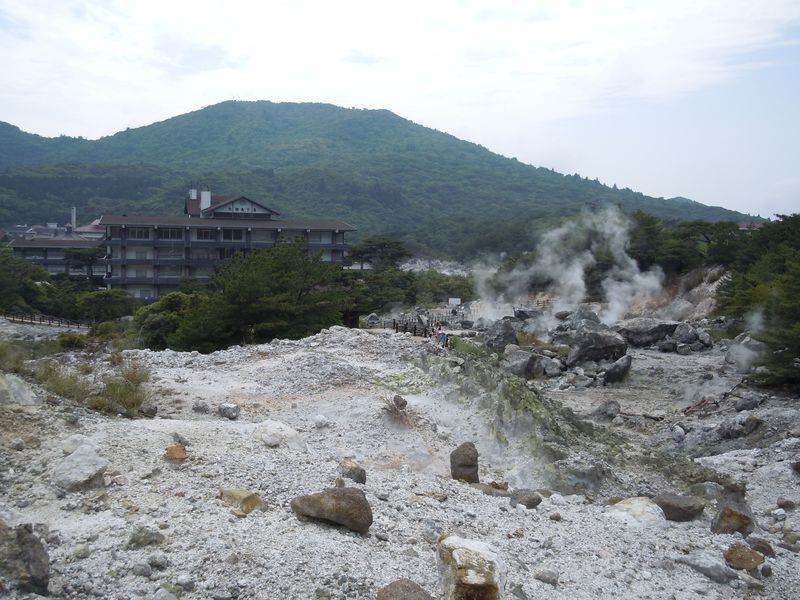
Unzen Volcano is one of a few active volcanoes in Unzen National Park, Japan’s first national park. Voted first place in the mountain category for the New Eight Views of Japan in 1927, Unzen has undergone intense preservation over the years and is a treasure trove of flora and fauna. Originally read as “onsen,” which meant “hot spring,” Unzen was changed to its current notation upon its induction as a national park. In the mild spring weather, Unzen azaleas color the gorgeous mountainside pink whereas young leaves paint the landscape a verdant green in summer. Even in fall, the leaves turn into a fiery sea of red and orange, and the trees become crystallised in winter. Be sure not to miss visiting this natural gem that is breathtaking no matter the season.
Unzen Volcano
Address: Ko Kunimicho Hijikuro, Unzen, Nagasaki, Japan
Website: Unzen Volcano
Opening hours: Fri - Wed: 9am - 5pm (closed on Thu)
Price: Free
6. Mount Norikura, Gifu
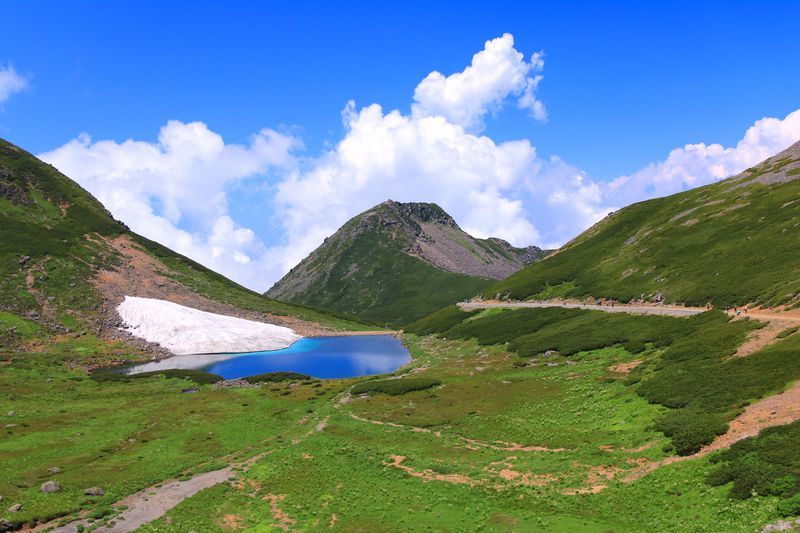
Mount Norikura, also Mount Norikuradake, is one of the most popular places to view the changing autumn leaves in Japan. The brilliant hues of red and gold sweep throughout the landscape, moving towards the base of the mountain. Standing at an astonishing 3 kilometres (1.8 miles), Mount Norikura is often snowcapped even into the months of summer, making it the perfect ski slope for avid winter sports fans! As part of Japan’s 100 famous mountains, this volcano is the third-tallest peak of the Northern Japan Alps and is easily accessed by public transport. Visitors will be most impressed by the tall walls of snow that border both sides of the road along the Tateyama Kurobe Alpine Route extending to Mount Norikura, and which is one of the most famous attractions in Japan. The summit also offers views of the blue waters of the crater lakes beneath, buried deep within the valleys.
Mount Norikura
Address: Nyukawacho Iwaidani, Takayama, Gifu, Japan
Website: Mount Norikura
Opening hours: 24 hours (daily)
Price: Free
7. Mount Asama, Gunma
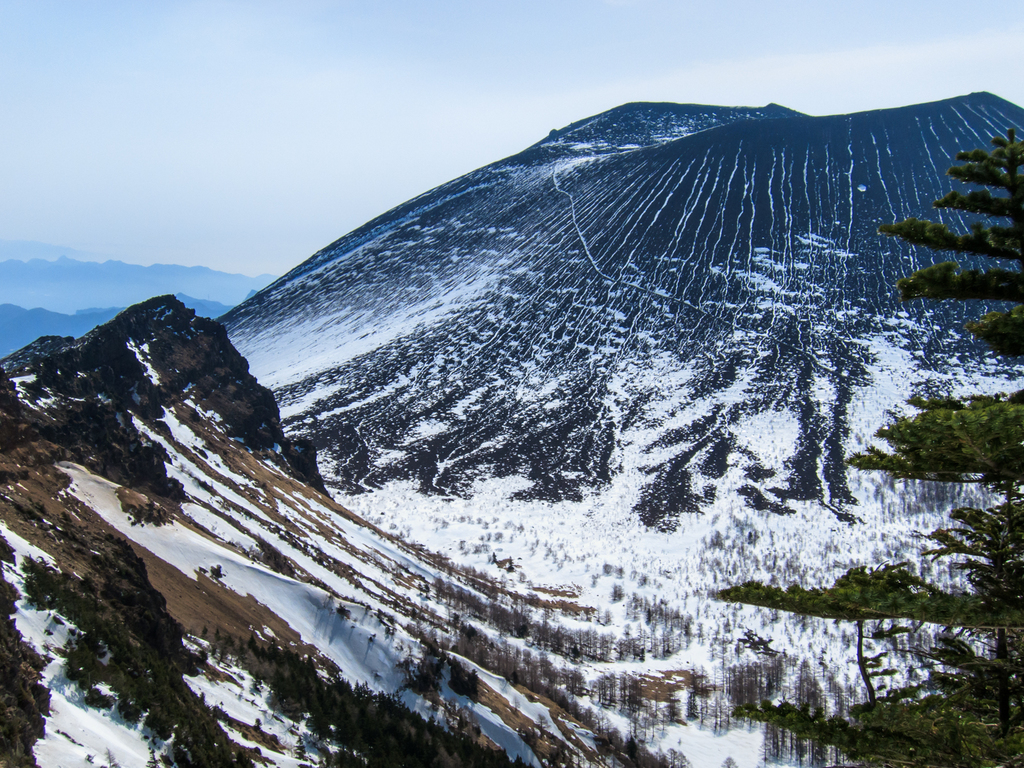
Mount Asama is a 2.5-kilometre-tall (1.5-mile) volcanic complex on Japan’s main island of Honshu. Rumoured to be effective for curing a number of maladies, Mount Asama has been a popular tourist site since the 19th century, and in modern times, it is popular for a number of hot-spring resorts dotted along its slopes during winter and its cooler climate in summer. This is also due in part to its appearance as a backdrop in Japan’s first color film, Carmen Comes Home, and in the anime Neon Genesis Evangelion. And let’s not forget Mount Asama’s best features! Though it is an active volcano with a smouldering crater at its peak, many hiking enthusiasts continue to scale the impressive mountain for the dynamic natural landscape it offers. Starting off with a sparse forest, the trailhead leads to amazing views of gorges and ravines before transforming into lush fields of green and finally into a barren rocky landscape.
Mount Asama
Address: Kanbara, Tsumagoi, Agatsuma District, Gunma, Japan
Website: Mount Asama
Opening hours: 24 hours (daily)
Price: Free
8. Mount Tokachi, Hokkaido
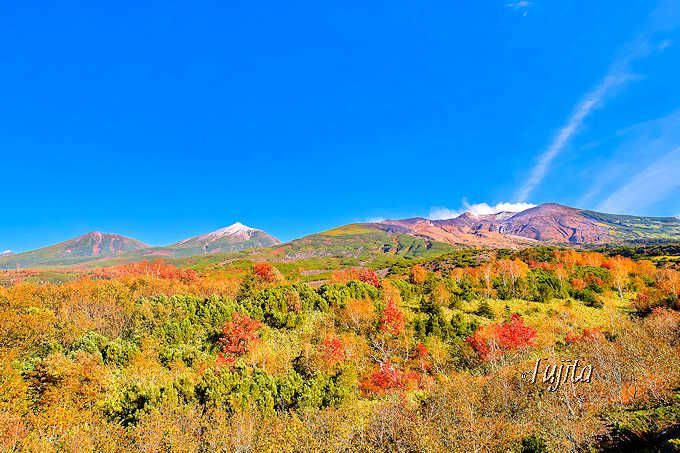
In Hokkaido, Japan, peering over the gorgeous Daisetsuzan National Park is the great Mount Tokachi, at a height of 2 kilometres (1.2 miles). Four trails lead to its summit, passing a hut, campgrounds, and a natural onsen (hot spring). Though the landscape is newly barren from its last eruption, the brown figure of the volcano is a stark contrast against the blue sky, lending it an uncommon and rustic beauty. Scaling this giant is as much of a joy as to admire it from afar as its peak offers panoramic views of its surrounding area. On its south lies deep ridges and canyons that contrast the mountainous terrain on the north. Cast your gaze south to observe a number of waterfalls along Nunobe River, its waters cascading in the distance.
Mount Tokachi
Address: Shirogane, Biei, Kamikawa District, Hokkaido, Japan
Website: Mount Tokachi
Opening hours: 24 hours (daily)
Price: Free
9. Mount Ontake, Nagano
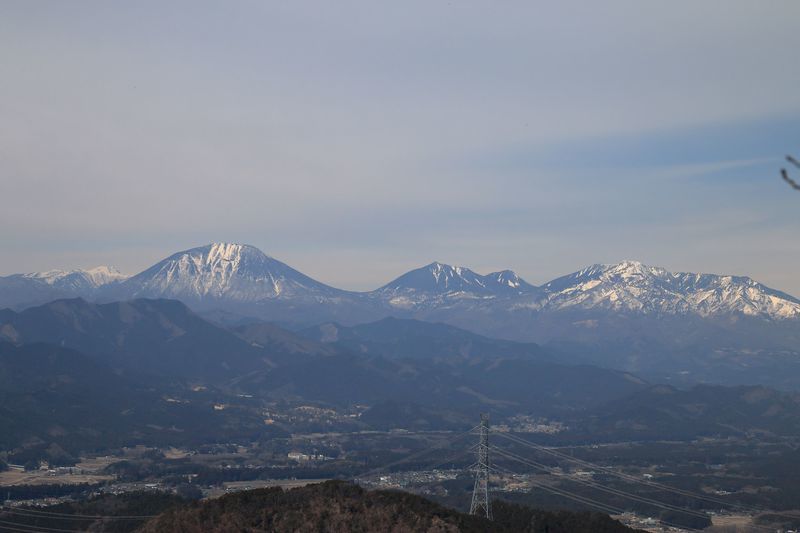
Second in height and esteem to Mount Fuji, Mount Ontake is the tallest mountain in Nagoya and a sacred site of worship. This 3-kilometre-tall (1.8-mile) goliath is home to an eclectic faith that is a mix of Shinto, Buddhism, and ancient shamanic lore. Followers of this faith still return annually to Mount Ontake in summer to weather the Ontake Pilgrimage Trail to the summit. For the faint of heart, simply board Ontake Ropeway to travel most of the way up and skip most of the tedious journey. One of the trails thereafter passes through a number of shrines and sacred ponds towards the summit, whereas the other leads to two of the most sacred waterfalls in the area—both sites having been used for the purification of ardent followers of the faith.
Mount Ontake
Address: Takigoshi, Otaki, Kiso District, Nagano, Japan
Website: Mount Ontake
Opening hours: 24 hours (daily)
Price: Free
10. Mount Bandai, Fukushima
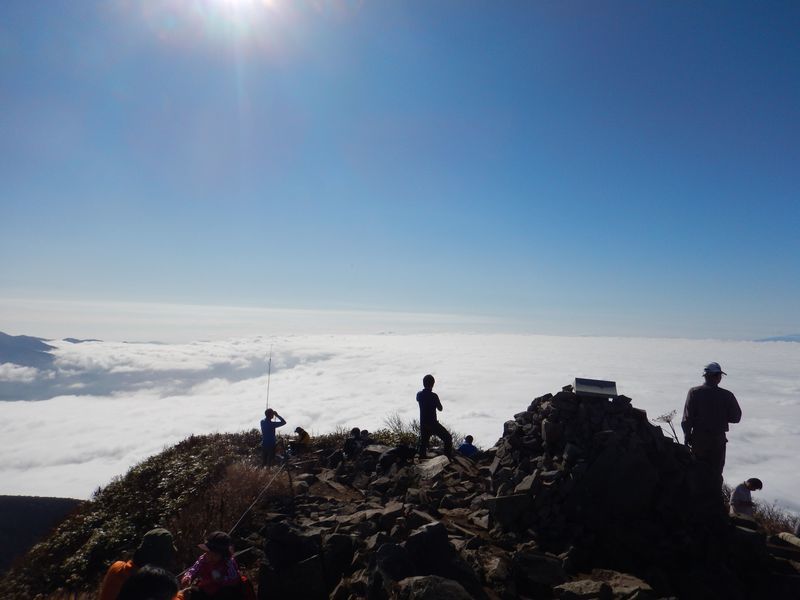
Mount Bandai, part of Bandai-Asahi National Park, stands at 1.8 kilometres (1.1 miles) and is one of the 100 famous mountains in Japan, among the top 100 geographic landmarks in Japan, and a certified geopark. Originally known as “Iwahashi-yama,” which means “a rock ladder to the sky,” it is now also sometimes called Aizu Fuji and Aizu Bandai. On top of its illustrious reputation, the sacred Enichi Temple at the foot of the mountain also draws worshippers from all around Japan. Though there are several impressive climbing trails along the slopes of Mount Bandai, its most famous path is arguably Bandaisan Gold Line, the sightseeing road leading up to the mountain itself. Best visited during autumn, the pathway is lined by a sea of orange and yellow leaves, rendering the area a breathtaking sight.
Mount Bandai
Address: Bandaisan, Inawashiro, Yama District, Fukushima, Japan
Website: Mount Bandai
Opening hours: 24 hours (daily)
Price: Free
A mountainous land of wonders
No matter which volcano or mountain you visit, the people, culture, and attractions of Japan are sure to please. Though mostly dormant, each volcano has underground magma chambers that heat surface water, creating many pockets of onsen hot springs and an assortment of resorts for rest and relaxation after a day of skiing, hiking, and appreciating the many shrines that represent Japan’s rich culture and heritage. Be sure to check out our list of famous volcanoes in Japan while you’re there!
History
Get Trip101 in your inbox
Unsubscribe in one click. See our Privacy Policy for more information on how we use your data









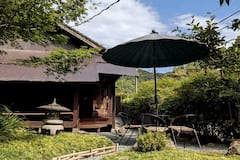












Create an account to